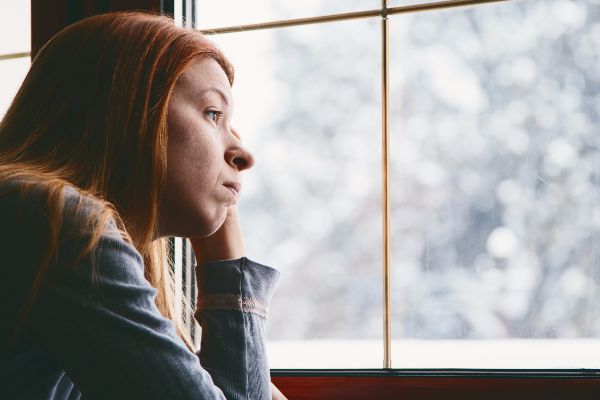Weather Got You Down? Learn How to Combat SAD (Seasonal Affective Disorder)
It happens every year. The same time the stores start putting away their festive holiday decorations and the harsh cold weather settles in, you just want to crawl under the covers and stay there until Spring. While the rest of the world feels like working toward New Year’s resolutions, you just can’t shake your sadness and fatigue.
You are not alone. Seasonal Affective Disorder (SAD), a type of depression related to the changes in the seasons, affects more than 3 million people in the United States each year. Symptoms begin in the fall or winter, usually continuing until the warmer days of spring.
The Mayo Clinic lists the following signs and symptoms associated with SAD:
- Feeling depressed or very sad most of the day, nearly every day
- Losing interest in activities you once enjoyed
- Having low energy
- Having problems with sleeping
- Experiencing changes in your appetite or weight
- Feeling sluggish or agitated
- Having difficulty concentrating
- Feeling hopeless, worthless or guilty
- Having frequent thoughts of death or suicide

While the specific cause of these symptoms is unknown, many scientists believe that the reduction in sunlight can affect our biological clocks, causing imbalances in our serotonin and melatonin levels. Those resulting imbalances then lead to changes in sleep, energy, and mood.
There is hope for people who suffer from SAD, though not everyone will respond in the same way to every treatment. Be sure to discuss any treatment options with your doctor to ensure you receive the best treatment for your particular symptoms and health background.
Light Therapy
The most common treatment prescribed for SAD is light therapy, which involves sitting near a box equipped with fluorescent lights. The lights mimic sunlight, which in effect makes up for the reduction in sunlight during the shorter days of the winter months, thus resetting your body clock. Most patients use a light box between one and two hours per day.
Medication
As a form of depression, SAD can be treated with the same medications used for depression, such as Prozac and Zoloft. While these medications can be very effective, it can take several weeks before you notice any change. As with all medications prescribed to treat mental health disorders, only start or stop them under the close supervision of a doctor.
Psychotherapy
Cognitive counseling therapy may be used on its own or in conjunction with other treatments. A counselor can help you recognize and manage your symptoms, equipping you to combat certain triggering situations with behaviors that will help you regulate your moods.
Exercise and Outdoors
Even cold days can be filled with sunshine. Bundling up and braving the temperatures in exchange for a walk, run, or bike ride in natural sunshine can do wonders for your mood, and the exercise (even indoors at a local gym or shopping center) itself will pay off in reducing your stress and sadness.
When Your Symptoms Are Severe
SAD is a medical condition, not a sign of weakness. Don’t discount your symptoms as the “winter blues” or something minor you “should just get over.” If you are feeling helpless, worthless, or suicidal for any reason, contact your doctor, Trinity Medical Group, or visit the Trinity Hospital Twin City Emergency Department for help.
« Back to Learning Center



